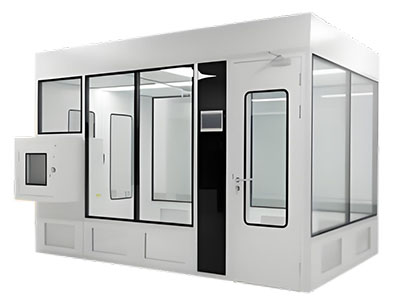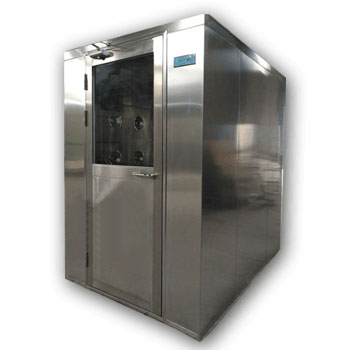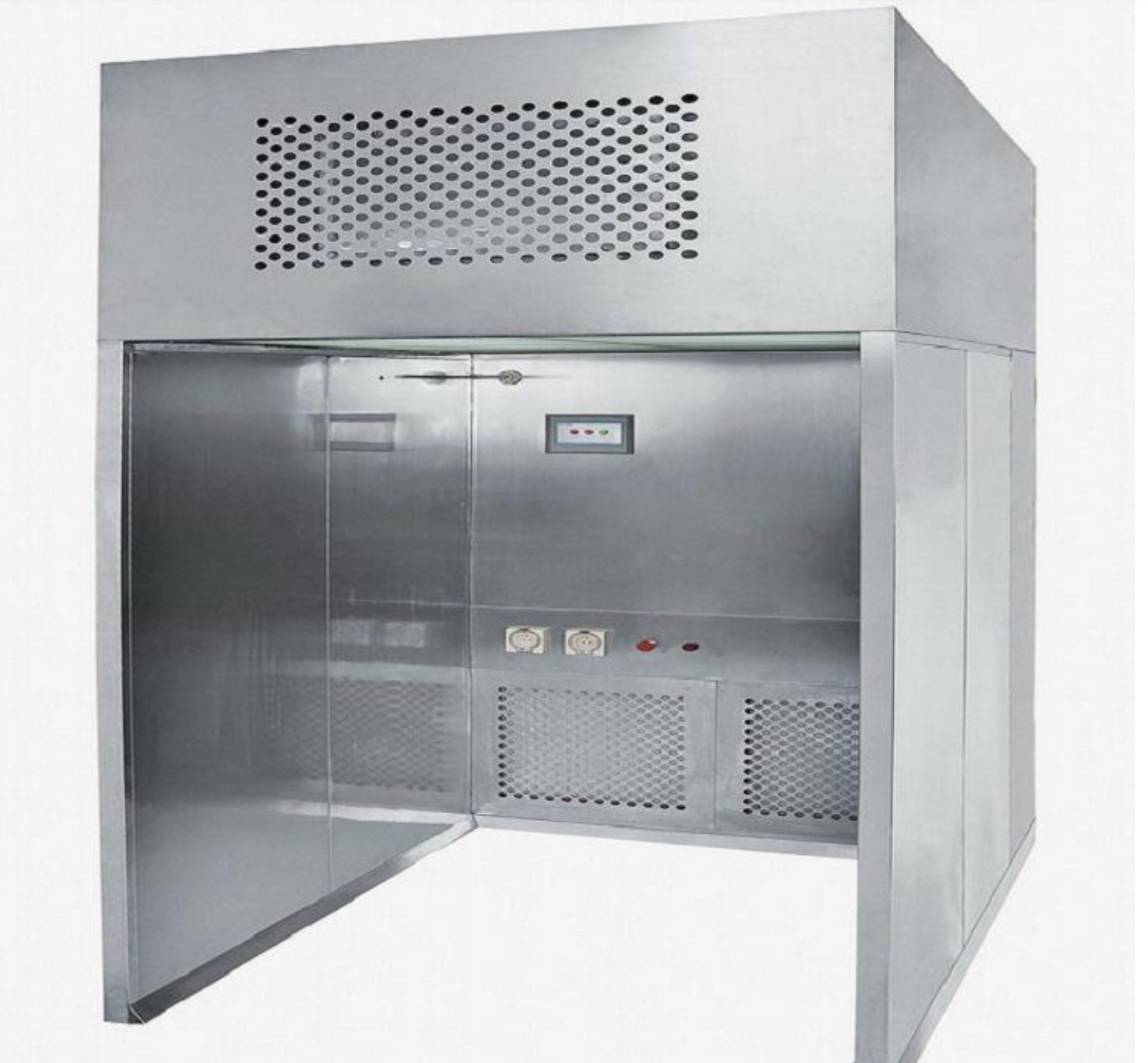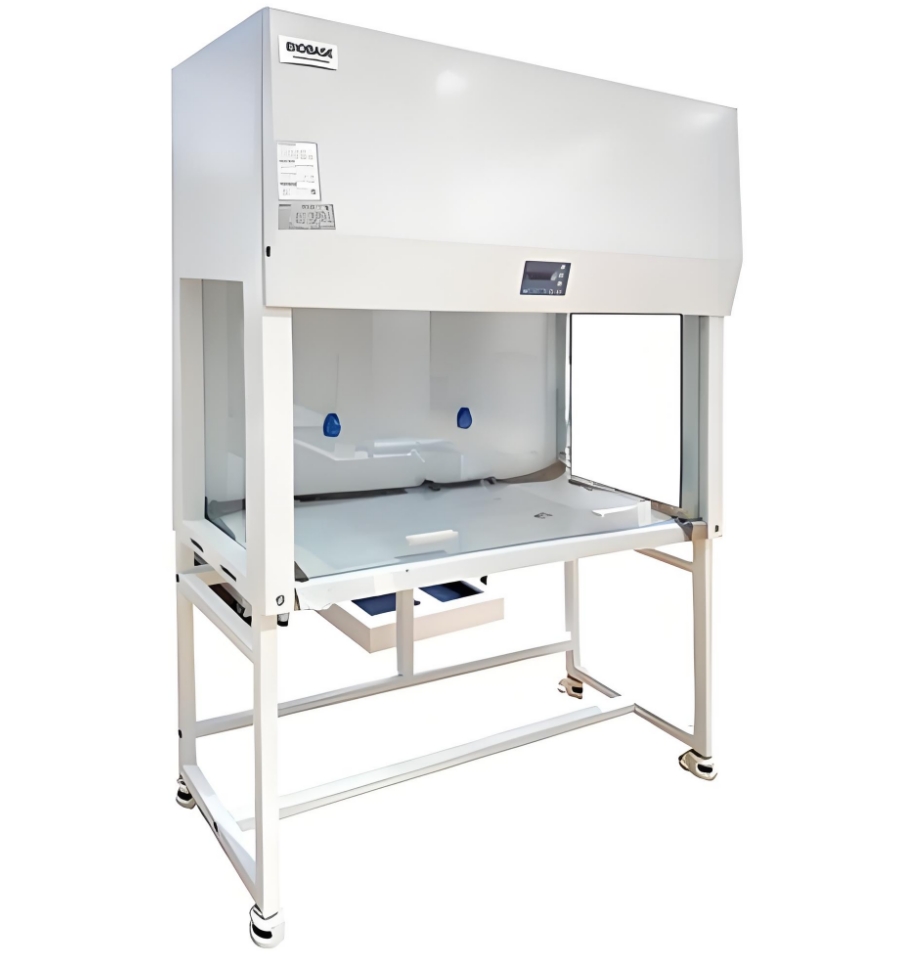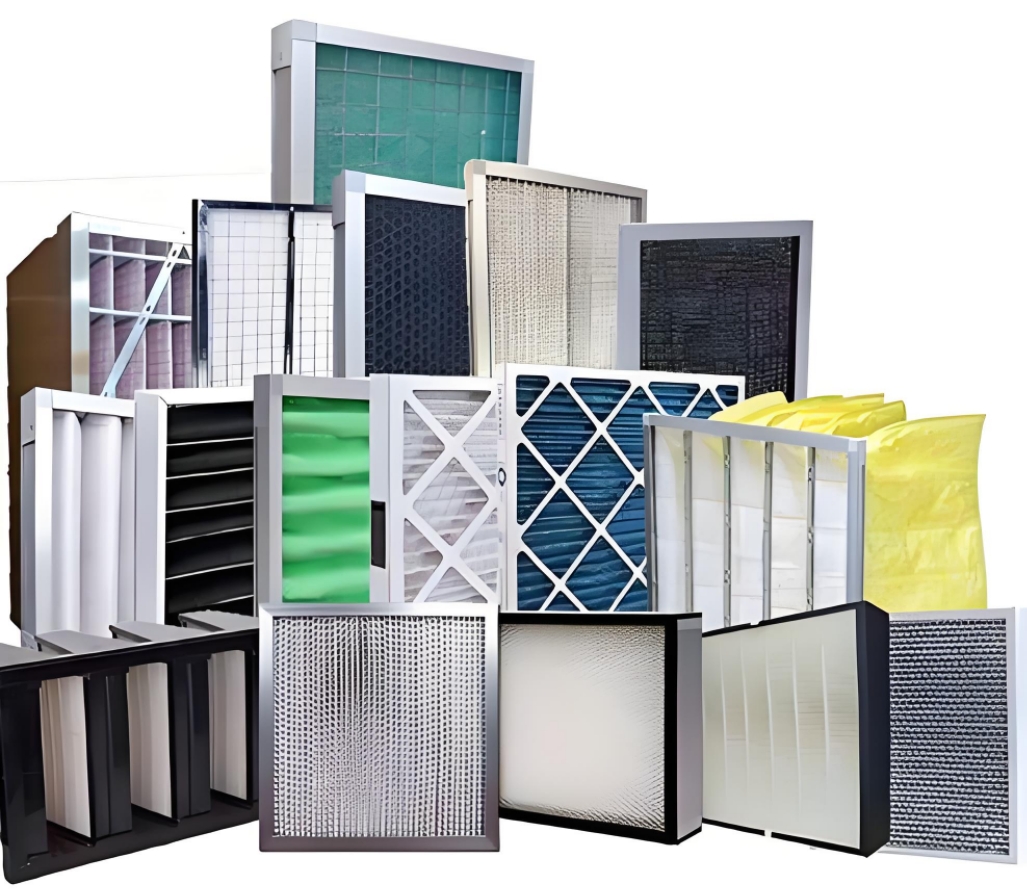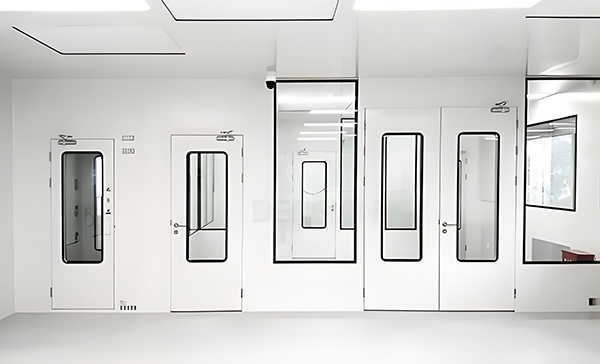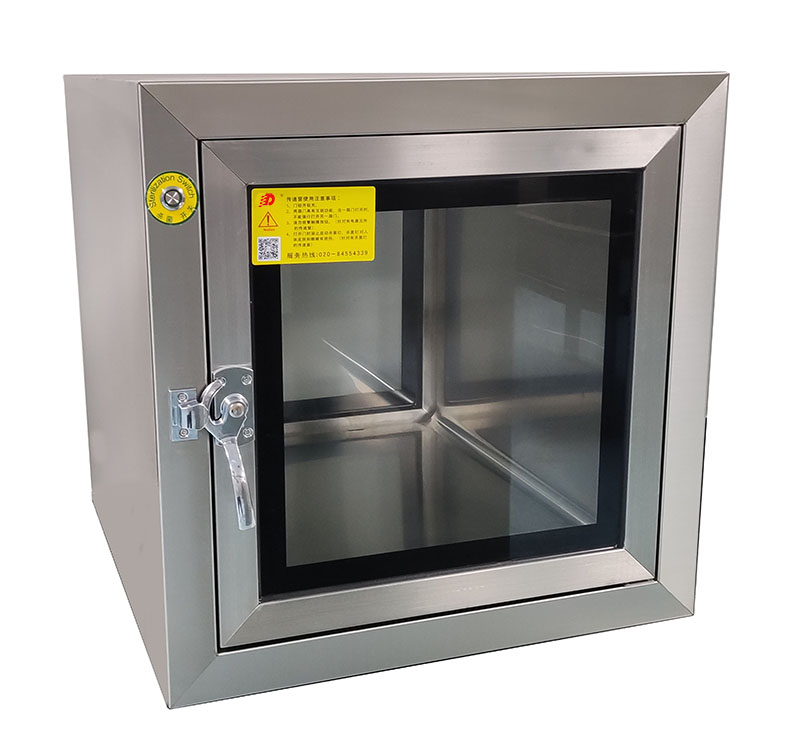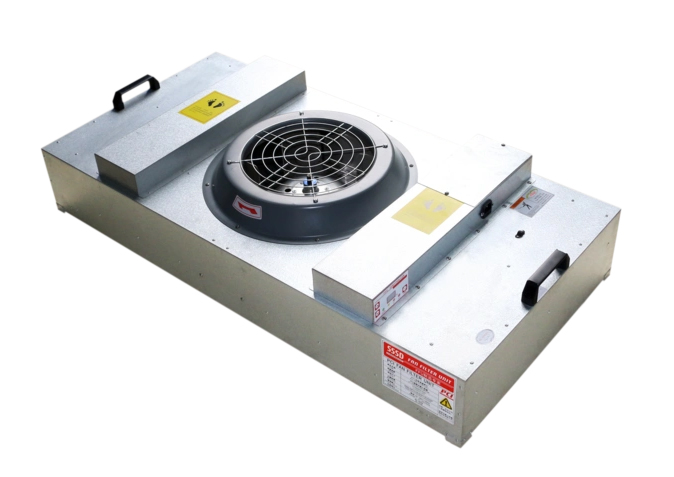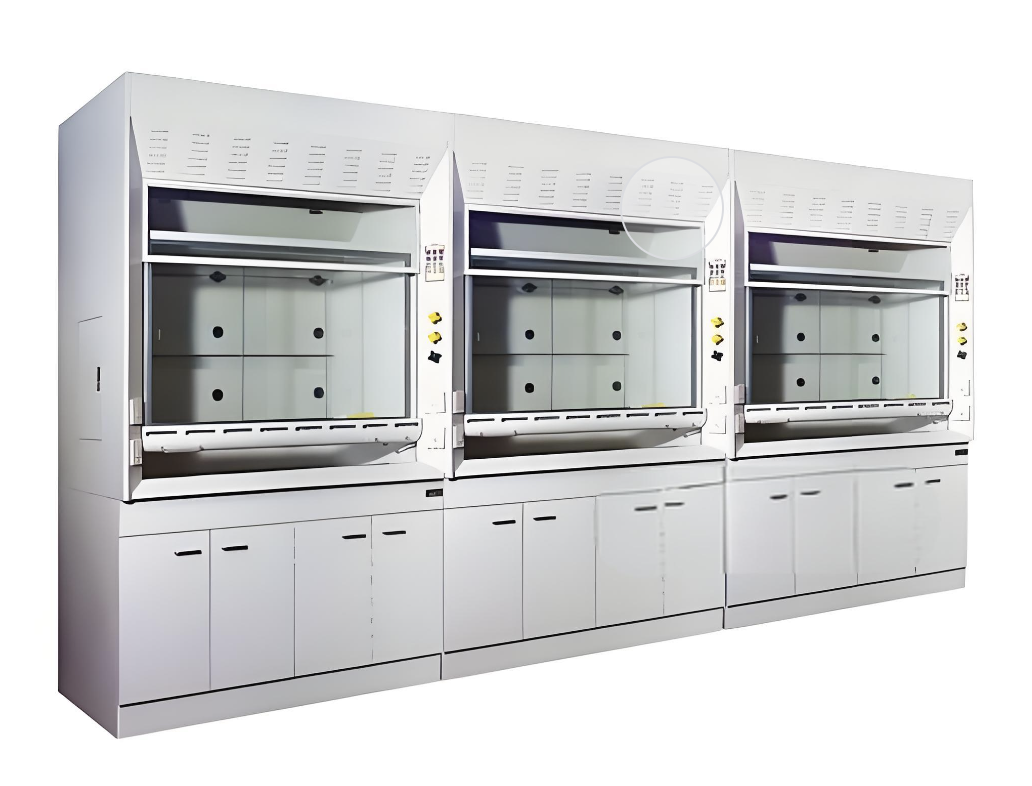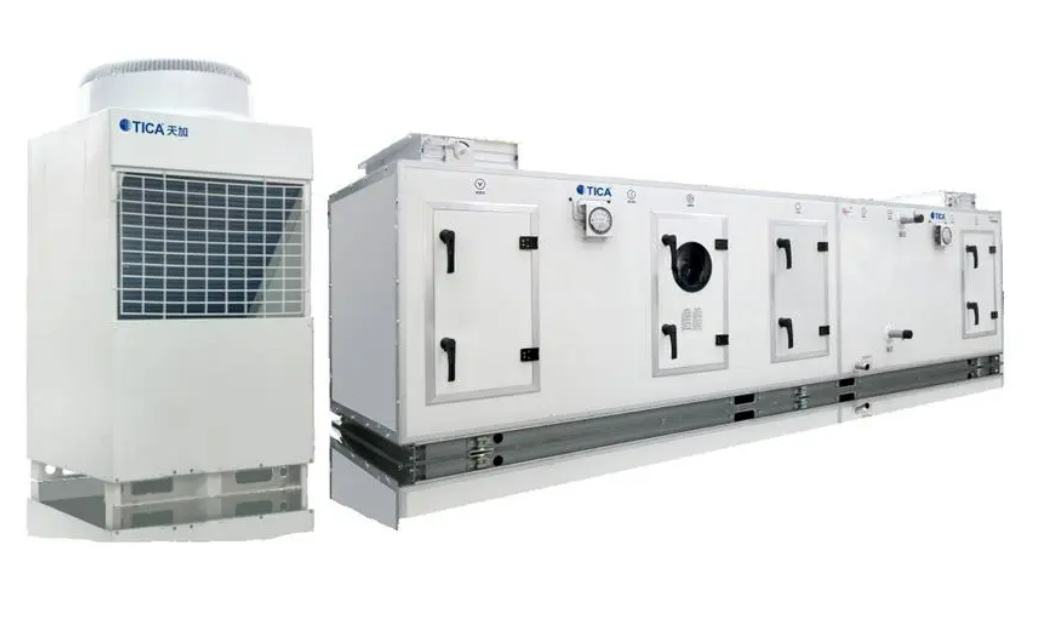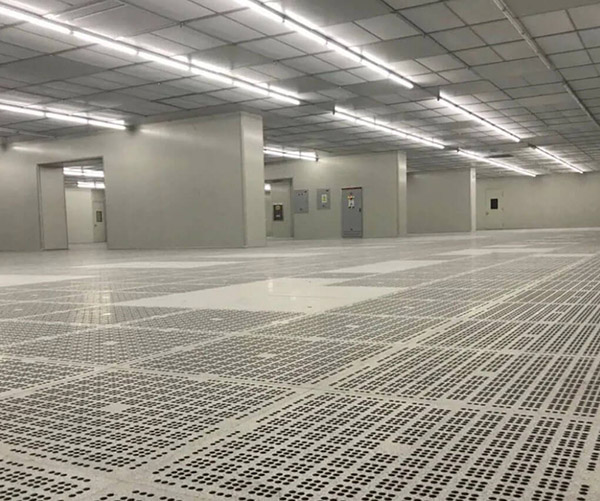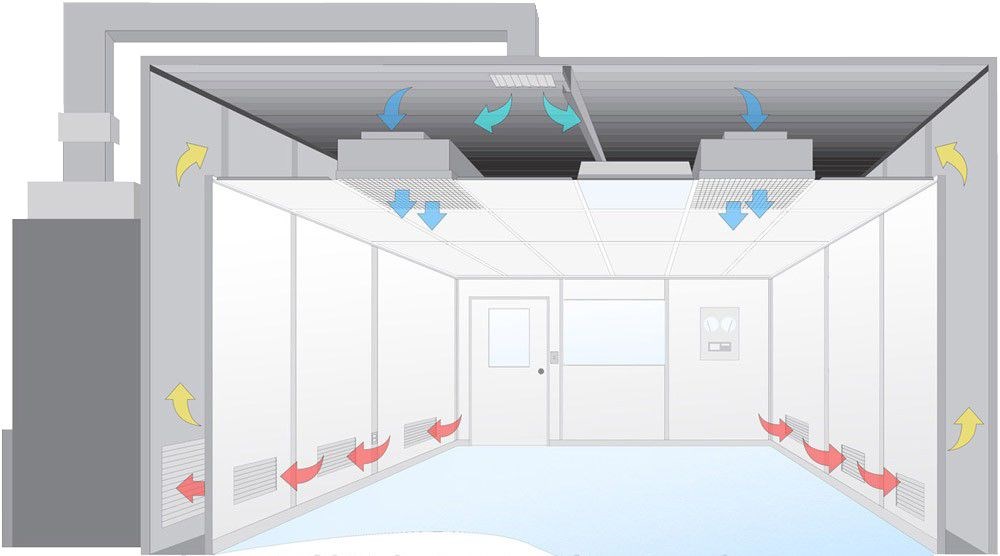In today's technology-driven world, data is an invaluable asset, and its loss can be catastrophic. Data recovery often involves working with damaged media that is sensitive to contamination, so A CleanRoom is essential for ensuring successful recovery. This article provides a thorough guide on creating a cleanroom tailored for data recovery, emphasizing the importance of air quality and environmental control.
Why Cleanrooms are Important in Data Recovery
Data recovery operations involve working with delicate storage media, such as hard drives, that can be easily damaged by dust and airborne particles. Cleanrooms minimize this risk by maintaining strict control over environmental conditions, ensuring that contaminants do not exacerbate the damage. This is particularly important when the data is critical, such as financial records or sensitive research data.
Critical Data Protection
Prevents irreversible damage to sensitive information during recovery procedures.
Media Sensitivity
Hard drive internals can be damaged by particles as small as 0.3 microns.
Recovery Success
Increases chances of successful data extraction from damaged devices.
Determine the Clean Room Grade and Standard
First, determining the modular clean room grade is the first step in creating a data recovery environment. According to the international standard ISO 14644-1, clean rooms are divided into multiple grades, each with a different number of particles allowed. For data recovery, it is generally recommended to use a clean room of ISO5 or higher to ensure the lowest possible contaminant concentration.
ISO 4
Max 1,000 particles/m³
(≥0.5μm particle concentration)
Most critical recovery operations
ISO 5
Max 3,520 particles/m³
(≥0.5μm particle concentration)
Standard data recovery cleanrooms
ISO 6
Max 35,200 particles/m³
(≥0.5μm particle concentration)
Less critical applications
Cleanliness Calculation Formula
The cleanliness level of the clean room can be calculated by the following formula:
Where C is the maximum number of particles per cubic meter, N is the total number of particles, and V is the indoor volume (m³).
Design and Layout of the Clean Room
During the data recovery process, hard disk head damage is a common fault. Dealing with such problems usually requires opening the hard disk, including replacing the head or performing data recovery in a dedicated environment. This requires a dedicated, standard-compliant clean space, namely the data recovery clean room.
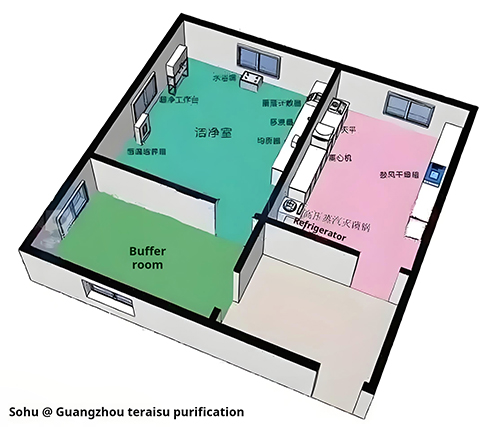
Data recovery cleanroom with optimized layout for minimal contamination
Proper Ventilation and Air Filtration System
The data recovery clean room consists of several key parts, including a purification clean unit, which is responsible for removing particles from the air; air shower equipment, which is used for air purification when personnel enter and exit; and a dust-free purification clean workbench, which provides a dust-free environment for operation.
Key Components:
- HEPA/ULPA filtration systems (99.97% efficiency)
- Air shower equipment for personnel decontamination
- Laminar flow workstations
- Continuous airflow systems
- Pressure control systems
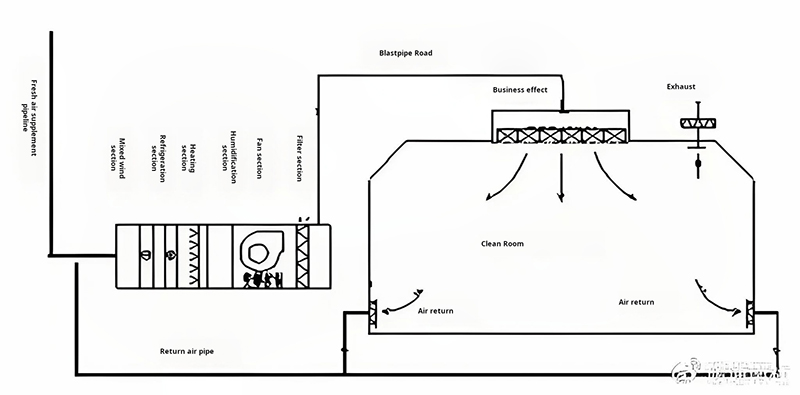
Air filtration system diagram
Filtration Efficiency
The cleanliness level of a clean room is its important characteristic, which is usually measured by the number of dust particles per unit volume, and is divided into ten, one hundred, one thousand, ten thousand, etc. The lower the level, the higher the cleanliness. The inside of the hard disk cavity is extremely sensitive to dust. Therefore, the cleanliness of the data recovery clean room required at the time of opening is far higher than the medical grade dust-free standard.
Temperature and Humidity Control
The control of temperature and humidity is crucial to the stability of the clean room. Appropriate temperature and humidity can effectively avoid the influence of static electricity and other environmental factors on the data recovery process. It is usually recommended to be between 20-22°C and the humidity is maintained at 30%-60%.
Temperature Control
Maintain at 20-22°C to prevent heat damage to Electronic components.
Humidity monitoring
Relative humidity should be maintained at 30%-60%. Too high humidity may cause circuit short circuits, while too low humidity may increase static electricity.
Monitoring Equipment
Use high-precision temperature and humidity monitoring instruments to monitor and record data in real time to ensure that environmental conditions meet requirements.
Maintenance and Monitoring Procedures
Regular maintenance and monitoring are important measures to ensure the long-term effectiveness of modular cleanrooms. Establishing a detailed maintenance plan and monitoring procedure will help to identify problems in a timely manner and take corrective actions.
Filter Replacement
HEPA and ULPA filters should be replaced every 6 months to ensure filtering effectiveness.
Particle Monitoring
Perform particle count monitoring once a month to ensure that the number of particles is within the qualified range.
Particle Counts
Airflow Tests
Data Recording
A regular recording system needs to be established to retain temperature, humidity, particle count and maintenance records for review and improvement.
Frequently Asked Questions
What makes a cleanroom essential?
Preventing contamination that can further damage data storage devices, thus enhancing recovery success.
How often replace HEPA filters?
It depends on usage and contamination levels, but typically every 6 months for critical environments.
What is laminar flow?
Streamlined flow of air that reduces particle deposition, crucial for maintaining clean conditions.
Can existing facilities be upgraded?
Yes, with proper planning and implementation of barriers and ventilation systems.
Benefits of ISO standards?
They provide guidelines for maintaining air quality critical for protecting sensitive media.
Humidity requirements?
Maintain 30%-60% RH to prevent static buildup and component damage.
References
1. International Organization for Standardization. (2015). iso 14644-1: Cleanrooms and Associated Controlled Environments.
2. Federal Standard 209E (Now Superseded by ISO).
3. Deiiang™, Expertise in Custom Cleanroom Solutions.
4. The Institute of Environmental Sciences and Technology (IEST), Design and Performance Testing of Cleanrooms.
5. ISO (2019). ISO 14644-3: Test Methods.
6. Clarke, J. (2018). Data Recovery Techniques: State of the Art.
© 2023 Data Recovery Clean Room Guide. All rights reserved.
 +86 18186671616
+86 18186671616 Jason@cleanroomequips.com
Jason@cleanroomequips.com
 MENU
MENU

